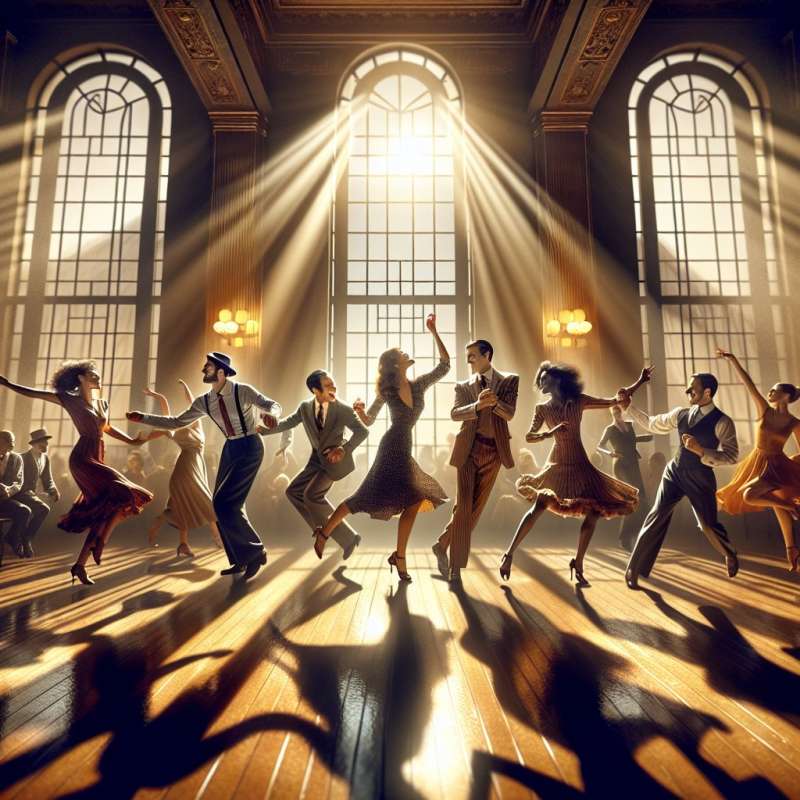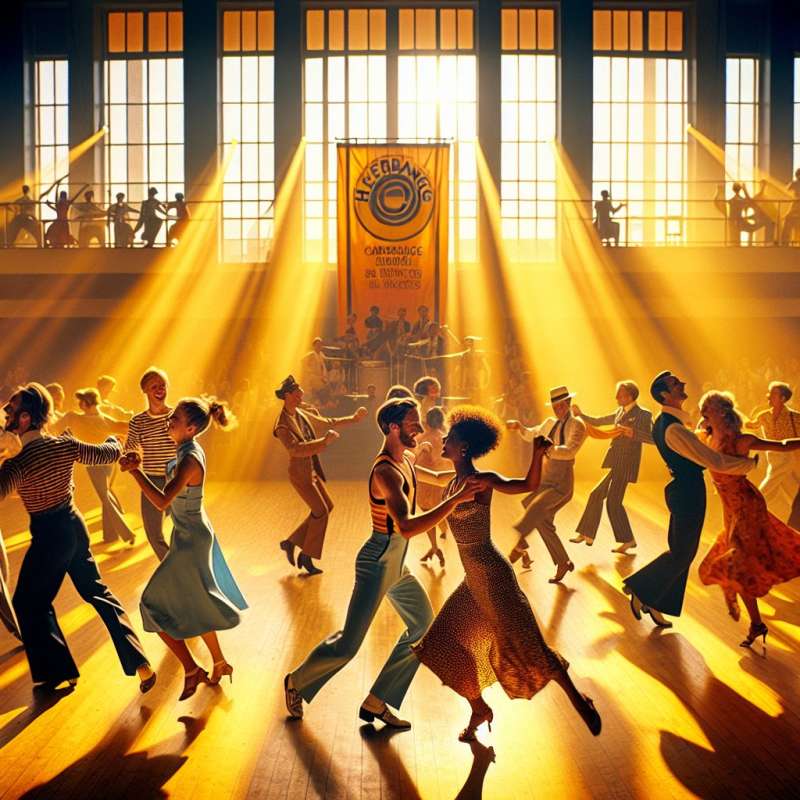
Origins of Lindy Hop
Lindy Hop originated in the 1920s in Harlem, NYC. Named after Charles Lindbergh's 'hop' across the Atlantic, it evolved from the Charleston and other jazz dances.
Savoy Ballroom Era
The Savoy Ballroom was Lindy Hop's hotspot. Unlike other venues, the Savoy welcomed all races, making it a melting pot for dance innovation and cultural exchange.
Legendary Dancers
Frankie Manning and Norma Miller are icons of Lindy Hop. Their acrobatic style and choreography set the standard for Lindy performances and influenced future generations.
Hollywood's Lindy Scene
Lindy Hop reached Hollywood in movies like 'Hellzapoppin’' and 'Day at the Races,' showcasing its athleticism and infectious energy to a wider audience.
Global Revival
In the 1980s, Lindy Hop experienced a revival. Sweden's Herräng Dance Camp played a pivotal role in reigniting global interest and preserving the dance's legacy.
Modern Lindy Exchange
Today, 'Lindy Exchanges' are social events held worldwide where enthusiasts gather to dance, learn, and keep the spirit of the Swing era alive.
Innovative Lindy Evolution
While respecting its roots, contemporary Lindy Hop incorporates elements from other dance styles, ensuring its continuous evolution and relevance in the dance community.
Where did Lindy Hop originate?
Harlem, NYC in the 1920s
Los Angeles in the 1930s
Chicago in the 1940s
Company